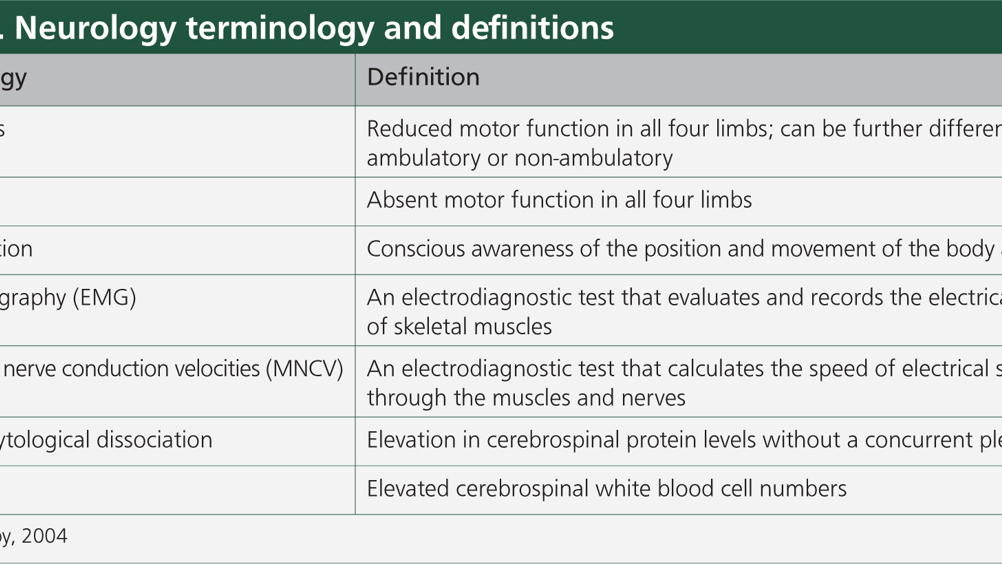References
Treatment of acute idiopathic polyradiculoneuritis with intravenous human immunoglobulin therapy

Abstract
The patient was presented to a veterinary hospital with acute progressive onset of non-ambulatory tetraparesis. An appropriate diagnosis of acute idiopathic polyradiculoneuritis was made and suitable supportive nursing care implemented. The patient was later diagnosed with pneumonia as a consequence of prolonged recumbency, requiring further nursing interventions. Treatment with intravenous human immunoglobulin therapy was subsequently initiated and the patient improved but was sadly later euthanased.
The patient was referred to a veterinary hospital as an emergency, with an acute onset of progressive tetraparesis.
Species: Canine
Breed: Border Collie
Age: 10 years 2 months
Sex: Male neutered
Weight: 19.3 kg
On presentation the patient was bright, alert and responsive but unable to stand or support their own bodyweight. Clinical examination was unremarkable aside from moderate dental disease and the non-ambulatory tetraparesis; the patient's vital parameters were all within normal limits.
A clinical history was taken, revealing a 5-day history of progressive tetraparesis which was not thought to be painful. A softer bark than normal was also reported by the owners. Normal bladder function was maintained and the patient was able to wag their tail. Taking a detailed history is an important step in diagnosis of neurological conditions, as the time and nature of onset, together with a thorough neurological examination, will help to localise the disease and aid in selection of further tests and interventions (Platt and Olby, 2004).
Register now to continue reading
Thank you for visiting The Veterinary Nurse and reading some of our peer-reviewed content for veterinary professionals. To continue reading this article, please register today.

